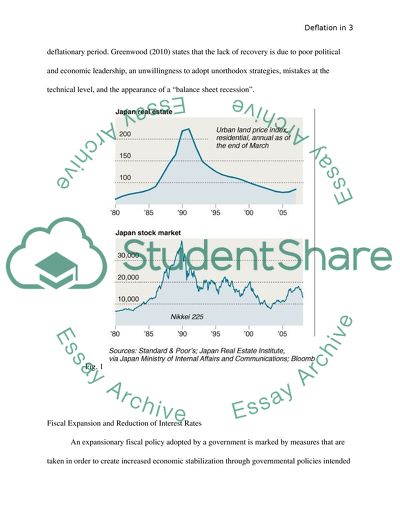Cite this document
(“Why was Japan so unsuccessful in solving the problem of deflation over Essay”, n.d.)
Retrieved from https://studentshare.org/miscellaneous/1567190-why-was-japan-so-unsuccessful-in-solving-the-problem-of-deflation-over-the-past-decade
Retrieved from https://studentshare.org/miscellaneous/1567190-why-was-japan-so-unsuccessful-in-solving-the-problem-of-deflation-over-the-past-decade
(Why Was Japan so Unsuccessful in Solving the Problem of Deflation over Essay)
https://studentshare.org/miscellaneous/1567190-why-was-japan-so-unsuccessful-in-solving-the-problem-of-deflation-over-the-past-decade.
https://studentshare.org/miscellaneous/1567190-why-was-japan-so-unsuccessful-in-solving-the-problem-of-deflation-over-the-past-decade.
“Why Was Japan so Unsuccessful in Solving the Problem of Deflation over Essay”, n.d. https://studentshare.org/miscellaneous/1567190-why-was-japan-so-unsuccessful-in-solving-the-problem-of-deflation-over-the-past-decade.


